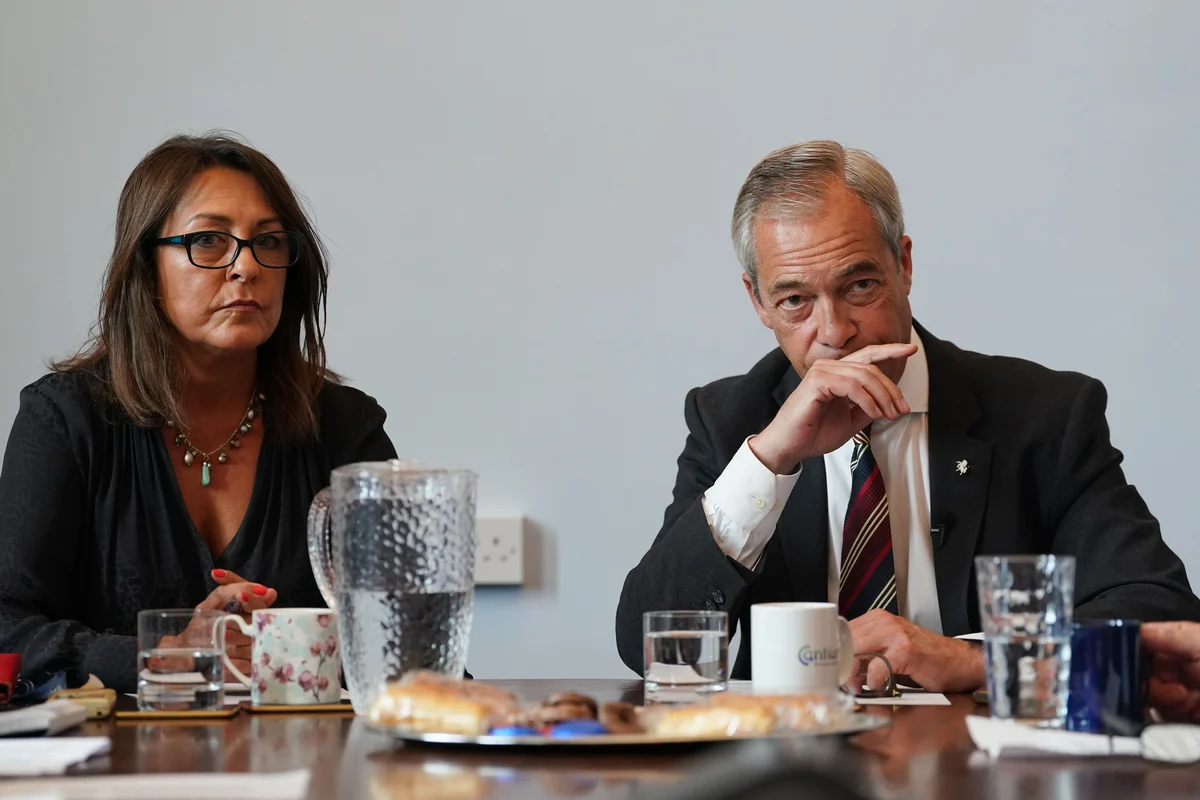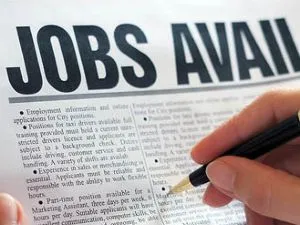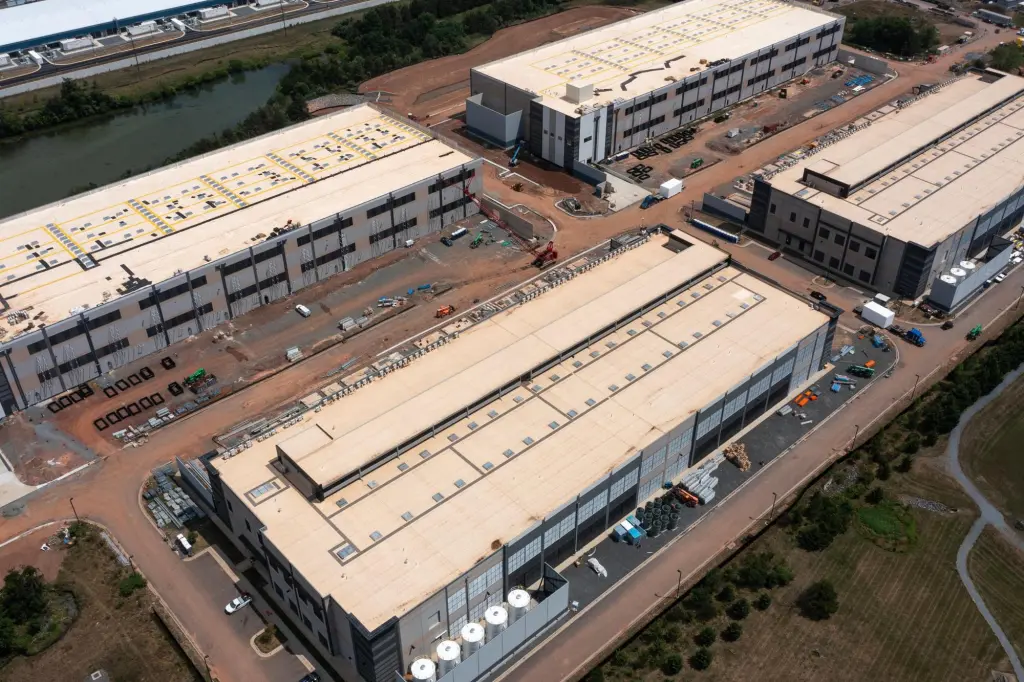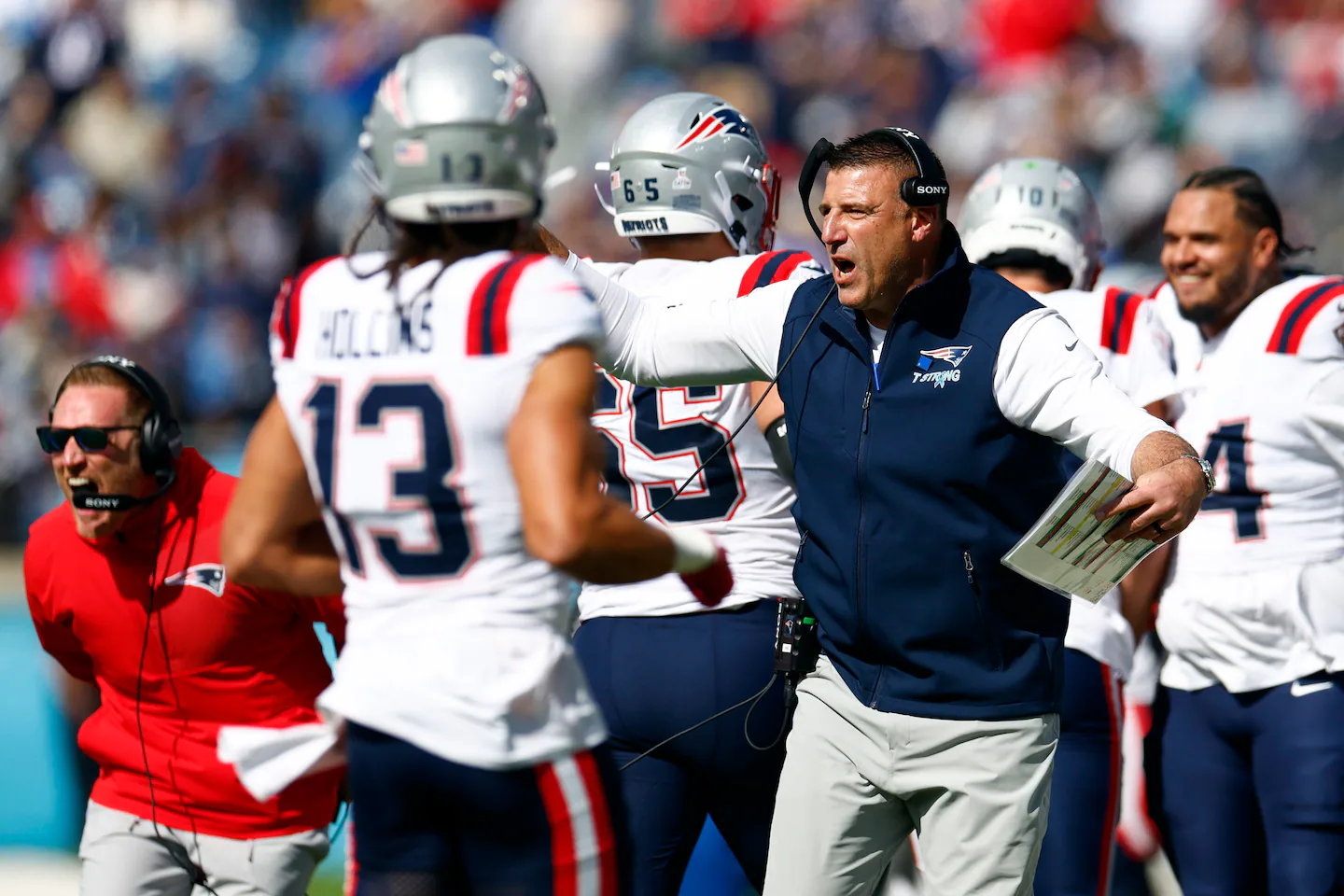Copyright independent
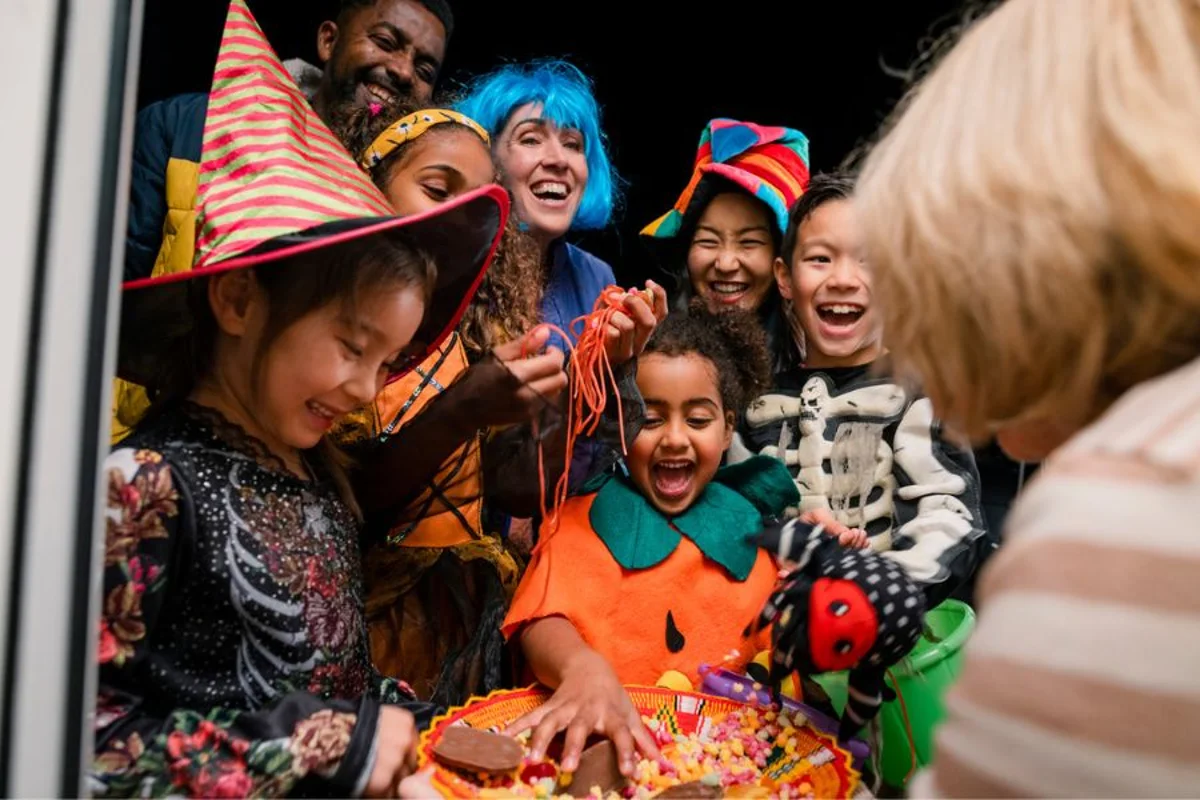
Halloween may feel a little scarier for your wallet this year due to the Trump-imposed 30 percent tariff rate on Chinese imports. According to the National Retail Federation, consumers are expected to spend a record $13.1 billion this Halloween, creeping up from $11.6 billion last year and topping the previous 2023 record of $12.2 billion. Trump’s tariff hike on Chinese goods earlier this year briefly raised rates to 145 percent, prompting importers to halt production and leading to tighter Halloween inventory and higher prices. As a result, Americans are expected to spend a record $114.45 per person, about $11 more than last year, the National Retail Federation said. According to the Halloween and Costume Association, nearly 90 percent of Halloween merchandise contains at least one imported component. When asked for comment, White House spokesperson Ksh Desai told The Independent on Tuesday, “Real prosperity is good jobs, booming industry, and thriving communities for everyday Americans – not cheap Chinese imports.” “President Trump pledged to use tariffs to level the playing field, address fentanyl smuggling, and restore American Greatness. Rising real wages, historic trade deals, and trillions in investment commitments to make and hire in America prove that President Trump’s America First agenda is paying off for the American people in the ways that matter most,” Desai concluded. Despite assurances from candy manufacturers, the cost of many Halloween staples is rising. For example, though The Hershey Company told CBS News there was “no impact on Halloween candy prices this season.” But shoppers say otherwise, as a box of 48 full-size chocolate bars recently jumped from about $40 to more than $50, according to the outlet. Soaring cocoa prices are a major factor. Extreme weather in West Africa, which produces about 70 percent of the world’s cocoa, has sharply reduced harvests. In the past year, output fell more than 25 percent in the Ivory Coast and 31 percent in Ghana, the two leading producers. The candy aisle isn’t the only part of the Halloween budget feeling pressure. Many decorations, costumes and other products rely on components made overseas, especially in China, which have been impacted by tariffs and supply-chain disruptions. Both national and local Halloween retailers are spooked by the tariffs. Spirit Halloween CEO Steven Silverstein told The Independent in a statement, "As has been widely reported, more than 90 percent of seasonal merchandise for Halloween and Christmas is imported from China. As a result, the impact of tariffs on these products will be significant.” “Like many retailers, we are working hard to manage these challenges through a multi-pronged approach. We are taking a long-term perspective, while remaining focused on growth – and are proud to be on track to open over 1,500 Spirit Halloween locations this season,” Silverstein added. The Independent has contacted the Halloween and Costume Association and the National Retail Federation for comment. Zephro, co-founder of Trick or Treat Studios, told CNN that rising tariffs have cost his company over $800,000 this year, forcing him to lay off 15 employees for the first time in 15 years. “I mean, these are friends of mine. I know their families and I’m hoping to bring them back,” Zephro, who is also treasurer of the Halloween and Costume Association, told the outlet, adding that the day was “one of the worst days of my life.” “Unfortunately, at the end of the day the business survives or it doesn’t. And I know of a number of companies in our industry that have had to close their doors,” Zephro said. Costume prices are on the rise, with the NRF estimating that shoppers will spend an average of $37.62 per costume this year, about 11 percent more than in 2024. Still, many Americans plan to celebrate Halloween while finding ways to save. Popular strategies include using reusable or DIY décor, especially among Gen Z and Millennials, shopping early, choosing generic candy over name brands, buying in bulk, and reusing last year’s decorations, according to a Nielsen IQ report. Rising alcohol costs from a 15 percent tariff on imported spirits may push consumers toward domestic wines, beers and spirits this spooky season. The tariff on European wines and spirits is likely to raise prices for consumers, affecting favorites like French, Italian, and Spanish wines, Scotch whiskey, and Aperol. The E.U., which exported $3.4 billion in spirits to the U.S. in 2024, received no exemptions in the president’s trade deal, despite industry requests, meaning costs for imported alcohol will likely increase in stores and restaurants.
